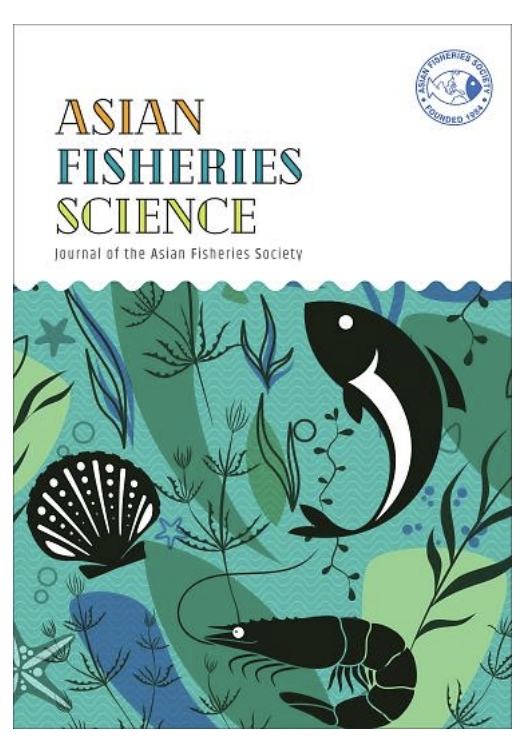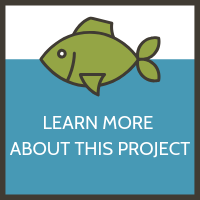
Author: Michael A. Rice
Abstract
Invasive aquatic species may disrupt ecosystems and cause socioeconomic damage. Biosecurity protocols were developed to prevent transport and unintended introductions of invasive species, but less attention has been paid to management once they become established. The use of classical fisheries stock assessment to determine levels at which selectively targeted fisheries elicit recruitment overfishing is discussed. Case studies of several species of invasive aquatic organisms, including lionfish Pterois spp. two species of mytilids and three species of crayfish, including Faxonius rusticus (Girard, 1852), are discussed as examples. Fecundity as measured by egg production rate (EPR) is a key factor determining how the various species react to fishing pressure. Ecosystem modelling of predatorprey relations between indigenous and invasive aquatic species suggests that restricting fishing effort on indigenous predators of invasive prey may be as effective in managing invasive species in lieu of directly increasing fishing effort on the targeted species itself. Invasive mytilids Dreissena polymorpha (Pallas, 1771) and Mytella strigata (Hanley, 1843) may not be effectively controlled by intensive fishing effort due to high EPR values. However, crayfish that brood offspring and exhibit much lower EPR values may be ideal candidates for stock assessment and setting fishing effort targets to promote recruitment overfishing. Recommendations for managing invasive aquatic species include: collecting data on population dynamics of the invasive species; assessing predator populations; developing fisheries that target the invasive species; and collecting socioeconomic data to understand the human dimensions of the impacts of the invasive species and inform subsequent policy development.
Read the full publication at https://doi.org/10.33997/j.afs.2021.34.4.011.
Published January 6, 2022

